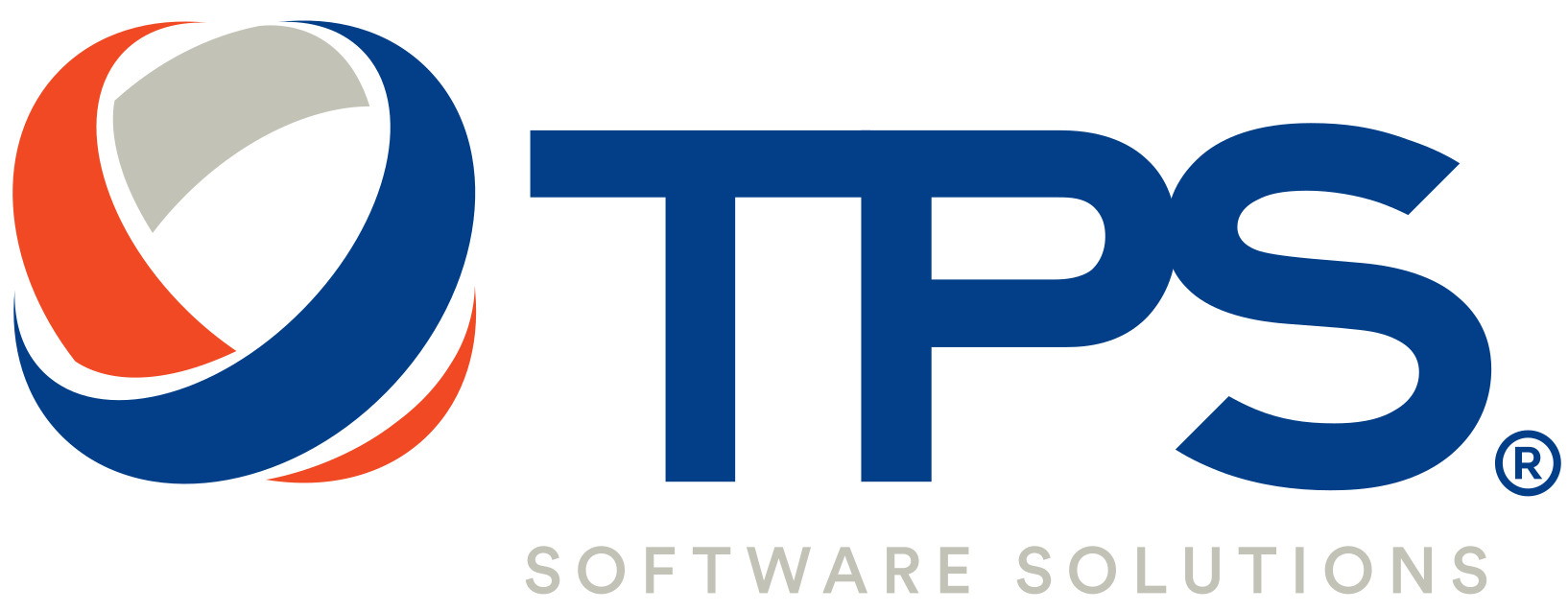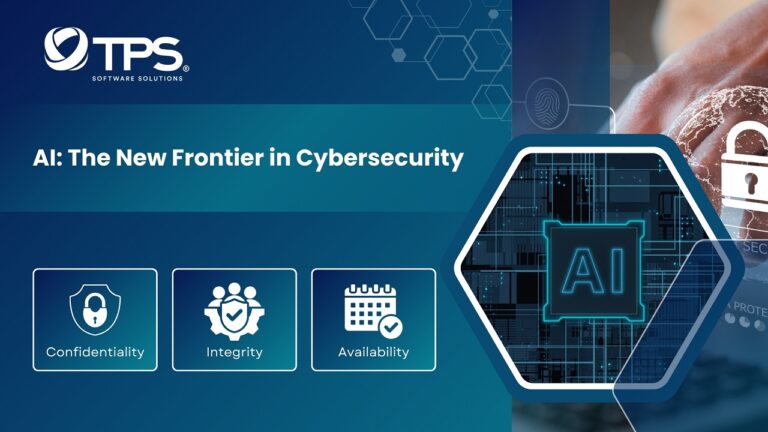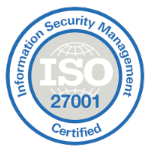Introduction
The rapid growth of the e-commerce industry has presented businesses with unprecedented opportunities to expand their reach and tap into a global customer base. As consumer behavior shifts towards online shopping, having a robust and well-designed e-commerce platform has become a vital component for success. However, developing an e-commerce platform is no small feat. It requires careful consideration of various technical aspects, seamless integration of features, and the ability to adapt to ever-evolving market trends.
In this article, we will delve into the essential technical points to consider when developing an e-commerce platform. We will explore the key features, tool & technologies, and challenges in building e-commerce platform from the scratch. While undertaking such a venture may seem daunting, there is an effective solution: partnering with a software outsourcing company.

Understanding the Technical Requirements
Building a successful e-commerce platform requires a thorough understanding of the technical requirements involved. By identifying and addressing these key considerations, you can ensure the development of a robust, secure, and user-friendly platform that meets the needs of your business and customers. Let’s explore the essential technical requirements for developing an e-commerce platform:
Key Features and Functionality:
To create an engaging and seamless shopping experience, your e-commerce platform should encompass essential features such as product catalogs, shopping carts, secure payment gateways, user registration and authentication, order management, and inventory tracking. Additionally, consider incorporating features like search functionality, personalized recommendations, customer reviews, and social media integration to enhance user engagement and boost sales.
Scalability and Performance:
As your e-commerce business grows, your platform must be able to handle increasing traffic and transaction volumes. Scalability is a critical requirement, and it involves designing a system that can efficiently accommodate a growing user base without compromising performance. This may involve implementing technologies like cloud infrastructure, load balancing, and caching mechanisms to ensure optimal performance and prevent downtime during peak periods.
Integration with Payment Gateways, Shipping Providers, and Third-Party Services:
Seamless integration with payment gateways and shipping providers is essential for a smooth checkout process. Popular payment gateways like PayPal, Stripe, or Braintree should be supported to offer multiple payment options to customers. Integration with shipping providers such as UPS, FedEx, or DHL enables real-time shipping calculations and order tracking. Additionally, consider integrating third-party services like analytics tools, email marketing platforms, or CRM systems to enhance your marketing and customer management capabilities.
Security Measures and Data Protection:
Security is of paramount importance in e-commerce platforms to protect sensitive customer information and ensure trust. Implementing secure protocols (HTTPS/SSL) for data transmission, using encryption for sensitive data storage, and adhering to best practices for authentication and access control are vital. Compliance with industry standards such as the Payment Card Industry Data Security Standard (PCI DSS) is crucial to safeguard customer payment information.
Mobile Responsiveness and Cross-Browser Compatibility:
With the increasing use of mobile devices for online shopping, your e-commerce platform must be mobile-responsive and offer a seamless user experience across various screen sizes and devices. Additionally, it should be compatible with different web browsers (e.g., Chrome, Safari, Firefox) to reach a wide range of users and ensure consistent functionality and design.
SEO Optimization and Marketing Capabilities:
An e-commerce platform should be built with search engine optimization (SEO) in mind. This includes optimizing page load times, implementing proper metadata, generating search-friendly URLs, and providing a well-structured site architecture for search engine crawlers. Moreover, consider incorporating marketing capabilities like promotional campaigns, discount codes, and personalized recommendations to drive customer engagement and increase conversions.
By understanding and addressing these technical requirements, you can lay a solid foundation for the development of your e-commerce platform. However, successfully navigating these complexities can be challenging, which is why considering the option of hiring a software outsourcing company can be a strategic choice.
Related article: Case study of E-commerce platform development
Technologies and Tools used in developing e commerce platform
Developing an e-commerce platform typically involves a combination of various technologies and tools. Here are some commonly used ones:
Programming Languages:
- Java: Popular for large-scale e-commerce platforms due to its scalability and performance.
- PHP: Widely used in many e-commerce platforms, especially those built on popular CMS like WordPress, Magento, and WooCommerce.
- Python: Known for its simplicity and versatility, used for developing various aspects of e-commerce platforms.
- Ruby: Often used with the Ruby on Rails framework for rapid development of e-commerce websites.
Frameworks and Content Management Systems (CMS):
- Magento: An open-source CMS designed specifically for e-commerce, offering extensive features and customization options.
- WooCommerce: A popular WordPress plugin that adds e-commerce functionality to WordPress websites.
- Shopify: A hosted e-commerce platform that provides a user-friendly interface and requires minimal technical knowledge.
Front-end Development:
- HTML/CSS: Basic building blocks for creating web pages and styling elements.
- JavaScript: Used for interactive features, such as shopping carts, product filtering, and dynamic content.
- React, Angular, or Vue.js: Popular JavaScript frameworks for building interactive and responsive user interfaces.
Back-end Development:
- Databases: Technologies like MySQL, PostgreSQL, or MongoDB are commonly used for storing product information, user data, and order details.
- Server-Side Scripting: Technologies such as Node.js, Ruby on Rails, or ASP.NET are used to handle server-side logic, API integrations, and business operations.
- Payment Gateways: Integration with payment providers like Stripe, PayPal, or Braintree to handle secure payment processing.
- API Development: Building and consuming APIs for integration with external services, such as shipping providers or inventory management systems.
Infrastructure and Deployment:
- Cloud Platforms: Amazon Web Services (AWS), Microsoft Azure, or Google Cloud Platform (GCP) provide scalable infrastructure for hosting e-commerce applications.
- Containerization: Tools like Docker and Kubernetes enable efficient deployment, scaling, and management of e-commerce applications.
- Content Delivery Networks (CDNs): Services like Cloudflare or Akamai help deliver website content quickly to users worldwide.
Analytics and Tracking:
- Google Analytics: Tracks website traffic, user behavior, and conversion rates.
- Heatmap and Session Recording Tools: Tools like Hotjar or Crazy Egg provide insights into user interactions and help optimize the user experience.
These are just some of the technologies and tools used in e-commerce development. The specific choices may vary depending on the project requirements, scale, and the development team’s expertise.

Challenges in Developing an E-commerce Platform
Developing an e-commerce platform is a complex undertaking that involves overcoming various challenges to ensure its success. Understanding and addressing these challenges is crucial to deliver a high-quality platform that meets user expectations. Let’s explore some common challenges faced during the development of an e-commerce platform:
Complex User Interface (UI) Design:
Designing a user-friendly and intuitive interface for an e-commerce platform can be challenging. Balancing aesthetics, functionality, and ease of use requires careful consideration of user experience (UX) principles. Creating an interface that allows users to navigate through products, access relevant information, and complete purchases efficiently is key. Challenges may arise in creating an appealing UI while ensuring it remains simple and accessible to a diverse user base.
Backend Development and Database Management:
The backend development of an e-commerce platform involves building a robust infrastructure to handle various functionalities like product management, inventory tracking, order processing, and customer management. Efficient database management is crucial to handle large volumes of data, ensure fast query processing, and support real-time inventory updates. Developing a scalable and performant backend architecture can be complex, especially when dealing with high traffic and transaction volumes.
Mobile Responsiveness and Cross-Browser Compatibility:
E-commerce platforms must be responsive and optimized for mobile devices since a significant portion of online purchases occurs through smartphones and tablets. Achieving consistent performance and user experience across different screen sizes, resolutions, and operating systems can be a challenge. Additionally, ensuring cross-browser compatibility is vital to provide a consistent experience for users accessing the platform from various web browsers.
SEO Optimization and Marketing Integration:
Search Engine Optimization (SEO) plays a critical role in driving organic traffic to your e-commerce platform. Implementing SEO best practices, such as optimizing page load times, structuring content, and using relevant keywords, can be complex. Additionally, integrating marketing tools and analytics platforms to track user behavior, analyze conversion rates, and implement marketing strategies adds another layer of complexity to the development process.
Security and Data Protection:
Security is a significant concern for e-commerce platforms, as they handle sensitive customer information like personal details and payment data. Implementing robust security measures, such as encryption, secure authentication, and protection against vulnerabilities like SQL injection or cross-site scripting, is essential to prevent data breaches and maintain customer trust. Staying updated with evolving security threats and compliance standards can be a challenge.
Performance Optimization:
Slow page load times or unresponsive features can significantly impact user experience and lead to abandoned shopping carts. Optimizing performance by minimizing server requests, implementing caching mechanisms, and optimizing images and code is crucial. Striking a balance between delivering rich content and ensuring fast load times is a constant challenge, especially when dealing with image-heavy product catalogs and complex functionalities.
Overcoming these challenges requires a dedicated team with the right expertise and experience in e-commerce platform development. One effective approach is to partner with a software outsourcing company that specializes in building e-commerce solutions. Outsourcing can help mitigate these challenges by leveraging the experience of professionals who have successfully tackled similar complexities in previous projects.
Conclusion
Developing an e-commerce platform is a multifaceted endeavor that requires careful consideration of technical requirements, adherence to best practices, and overcoming various challenges. By prioritizing user experience, ensuring security and scalability, leveraging the right technologies and tools, and integrating with essential services, businesses can create a robust and successful e-commerce platform.
However, navigating the technical complexities and challenges involved in e-commerce platform development can be overwhelming. This is where partnering with a software outsourcing company can be a strategic choice. Outsourcing offers numerous advantages, including access to specialized expertise, cost-effectiveness, faster time to market, and reduced risk.
By collaborating with a software outsourcing company, businesses can leverage the experience and knowledge of professionals who understand the intricacies of e-commerce development. Whether it’s UI/UX design, backend development, mobile responsiveness, SEO optimization, security implementation, or performance optimization, an experienced outsourcing team can provide valuable insights and guidance.
In conclusion, businesses aspiring to build a successful e-commerce platform should carefully evaluate their technical requirements, consider the benefits of software outsourcing, and choose a reliable and experienced partner to bring their vision to life. By following best practices, leveraging appropriate technologies, and addressing the unique needs of their target audience, businesses can create a robust and user-friendly e-commerce platform that drives growth, fosters customer loyalty, and achieves online success.













